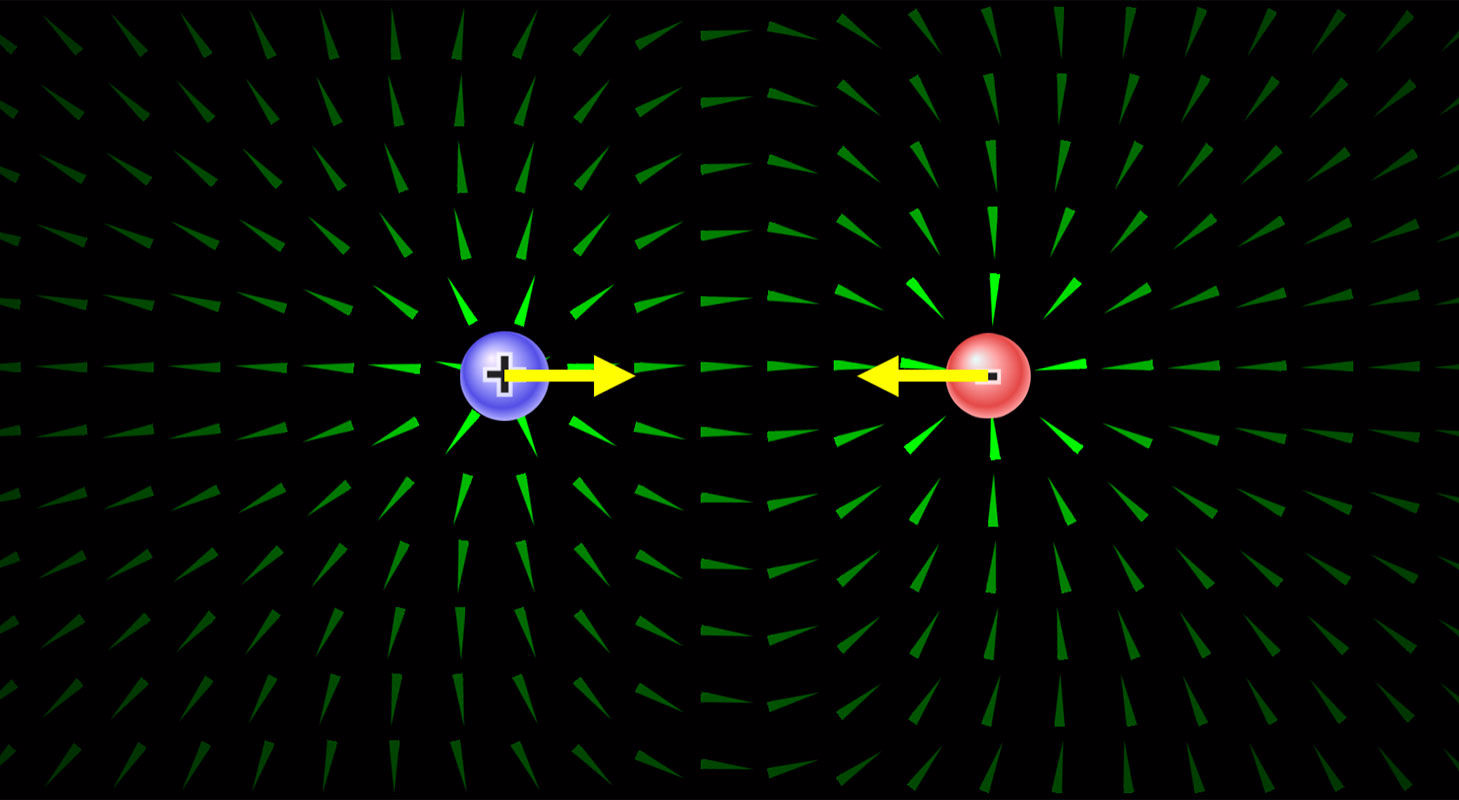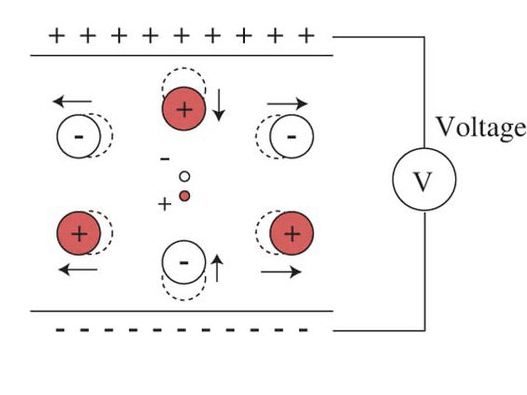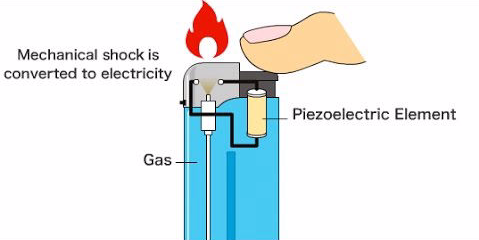To understand how crystal deformation can cause an electrical potential & why this is useful to us, we'll first need to cover some basic topics.
The first concept to understand is electrostatic charges & potentials. While complicated sounding, it's a concept that's actually rather intuitive. At some point in everyone's high school career, it is taught that some objects have positive charges and some objects have negative charges. The objects of interest to us are the atoms inside of a crystal (we will focus on the quartz crystal (SiO₂) since it is the most widely used piezoelectric material). In this case, the silicon atoms have a slight negative charge while the oxygen atoms have a slight positive charge. An electrostatic potential is simply a fancy way of saying voltage, which can occur when there are differing charges that are separated from each other (like the positive oxygen atoms being next to the negative silicon atoms).
The first concept to understand is electrostatic charges & potentials. While complicated sounding, it's a concept that's actually rather intuitive. At some point in everyone's high school career, it is taught that some objects have positive charges and some objects have negative charges. The objects of interest to us are the atoms inside of a crystal (we will focus on the quartz crystal (SiO₂) since it is the most widely used piezoelectric material). In this case, the silicon atoms have a slight negative charge while the oxygen atoms have a slight positive charge. An electrostatic potential is simply a fancy way of saying voltage, which can occur when there are differing charges that are separated from each other (like the positive oxygen atoms being next to the negative silicon atoms).




